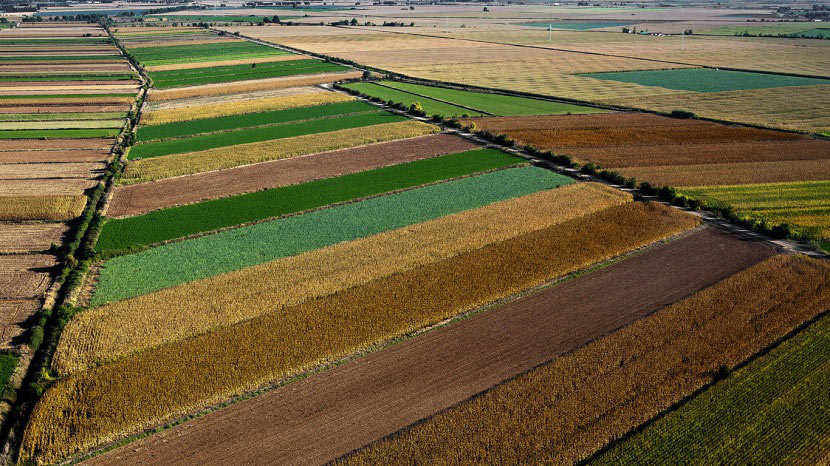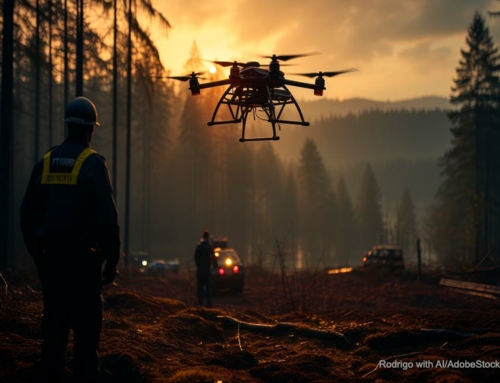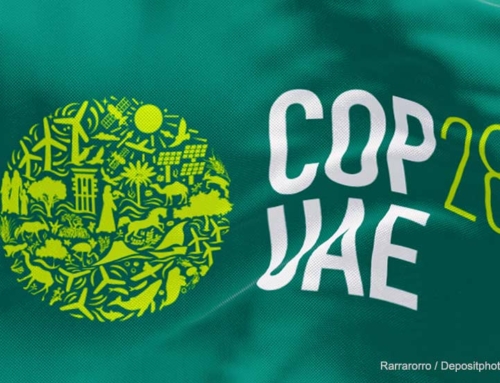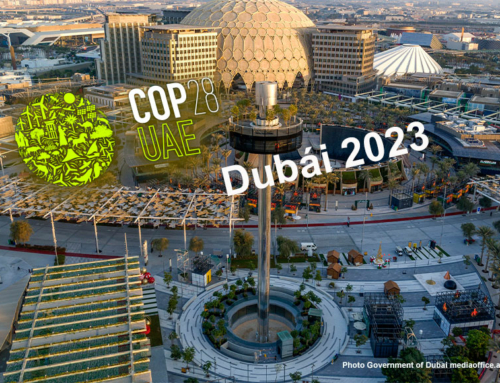The soil, origin, nature and degradation
The soil is the surface of the earth’s crust that covers a large part of the continents and islands of the world. It has been formed thanks to the action of abiotic and biotic components for hundreds of millions of years by the mechanical dissolution of rocks, the incorporation of particles and substances from air and water, but above all by the installation of living beings in the planet, almost from its beginnings and especially in the last 600 million years.
The fauna and flora enrich the substrate, the medium from which the plants are nourished, through their depositions, secretions and other activities during their lives, or the fermentation or putrefaction after their deaths, turning terrestrial soils into authentic living mantles or vital layers, very different from the “dead” soil of the moon or Mars, just to cite a couple of examples.
Few people know that the speed of soil losses is currently greater with which they are formed. The soils can be lost, as in fact they are lost, due to the anthropogenic activities that affect the natural cycles of their recovery. There are already those who consider the soil as a non-renewable natural resource.
The consequences of land pollution are much more serious as most think. We have, for example, the partial or total reduction of the vegetation layer with the increase of the desert or semi-desert regions. Or the poisoning of the food chains and the extinction of the microorganisms essential for the life of an ecosystem. All this is compromising the biological diversity (slowly from the human perspective, but at vertiginous steps with respect to the geological times) endangering the essential biological balance that sustains life on the planet.
The chemical impoverishment of the earth
It is due to the injection of pollutants that modify their composition and affect the growth of plants. These include salinization, loss of nutrients, contamination with excess sodium salts, acidification and the poisoning of land and plants through the abusive use of pesticides and artificial fertilizers, which then penetrate the lower strata and can contaminate the aquifers, preventing their use as drinking water.
Physical degradation of soils
Among its consequences we can considered the cracking of the earth caused by climate changeand global warming. The forest fires, increasingly larger and more frequent, combined with subsequent floods, erode the land and make them sterile, not suitable for the reproduction of plant species and therefore not for animals. The use of heavy machinery produces the compaction of the soils and the elimination of the layers of micro fauna and micro flora necessary for the life of the plants. The construction of cities, highways and roads involves covering the earth with asphalt and concrete and causing the death of the soil.
The biological degradation of soils
Produces the extinction of bacteria, protozoa, ants, earthworms and mites, essential to carry out the biological processes involved in the formation of humus, the dissolution of nutrients, the fixation of nitrogen and the decomposition of organic matter, compromising the good performance of the soils and therefore the fauna and flora that develops in it. The main agents of biological degradation are the phytosanitary products that are used in a massive way to eliminate the diseases of the plants and to fight the parasites that attack them.
The role of soils in climate change
There are already indications that the moisture content of the soil is being affected by the increase in temperatures and changes in precipitation patterns. Future projections suggest that this trend may continue. For example, the soil moisture in summer will be altered in most of Europe between 2021 and 2050, with significant declines in the Mediterranean region and some increases in Northeast Europe.
Forests and their role in climate control
Forests are a very important part of the soil, since they are found in almost all parts of the planet. These ecosystems are characterized by vegetation dominated by trees and other plants. Forests represent a fundamental factor in the environment and play an important role in the water cycle and climate regulation.
Trees produce oxygen, a vital element for most species, and in turn absorb CO2, the component with the greatest presence in the atmosphere and the main component of greenhouse gases, causing global warming and its consequence climate change. During photosynthesis, the process carried out by trees, and a large part of other plants, absorb and store CO2, which is fixed to its roots, trunks and leaves in the form of carbon. The plants, although they take oxygen from the air and re-enter CO2, the final balance is positive in favor of the extraction of CO2 from the atmosphere. The absorption capacity is proportional to the size and density of a forest.
Peatlands, large deposits of carbon under the ground
Peatlands are wetlands that cover only three percent of the Earth. Despite this low presence they store 20 percent of the total carbon stored below the planet’s soil. The peat bogs are characterized by having a thick layer of organic soil. In many places they have been drained to use spaces for agriculture and forestry, causing serious problems. When drained, they release the millennial coal and the peat bogs become net sources of greenhouse gas emissions, by injecting CO2 into the atmosphere.
In the south of the island of Borneo, much of the vegetation grew in the form of peat bogs, composed of deep layers of organic matter accumulated over thousands of years. To plant oil palms in peat, the producers dug huge ditches to drain the water to dry the land. With their act they released large amounts of carbon into the atmosphere, contributing to global warming. To make matters worse, dry peat is highly flammable. After three decades of deforestation, the Borneo rainforest went from being a cloudy and rainy ecosystem to an area where fires are permanent all year round. The smoke from these fires also feeds the greenhouse effect.
Permafrost, the frozen desert, but without ice
What is permafrost? It is frozen ground, but without ice. We could imagine it as a desert of cold earth. Permafrost soils are extremely rich in organic carbon, accumulated in the subsoil for thousands of years. The tundra is a permafrost soil that remains frozen all year. In the taiga, it can freeze during the winter, but the summer months are warm enough for the surface to thaw, although the deeper parts remain frozen. As global warming increases, there is a risk that carbon will be released into the atmosphere, increasing the greenhouse effect and consequently global warming and climate change.
Sandor Alejandro Gerendas-Kiss







Leave A Comment